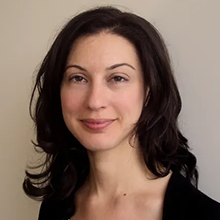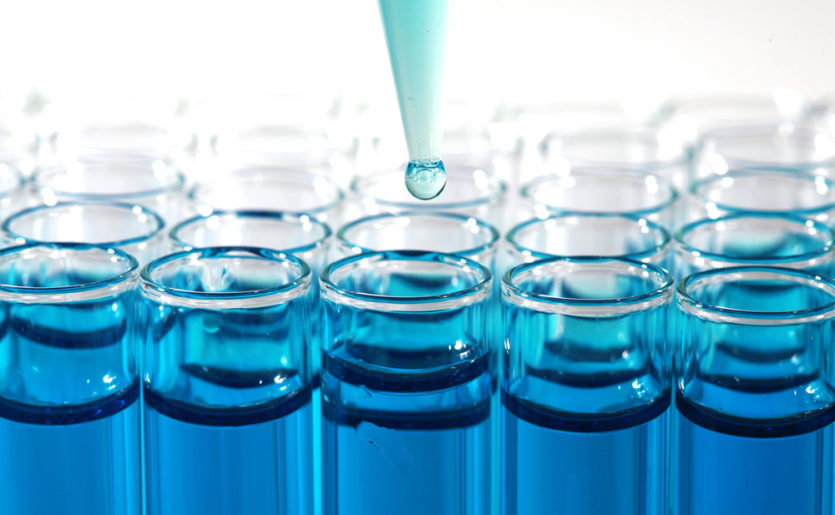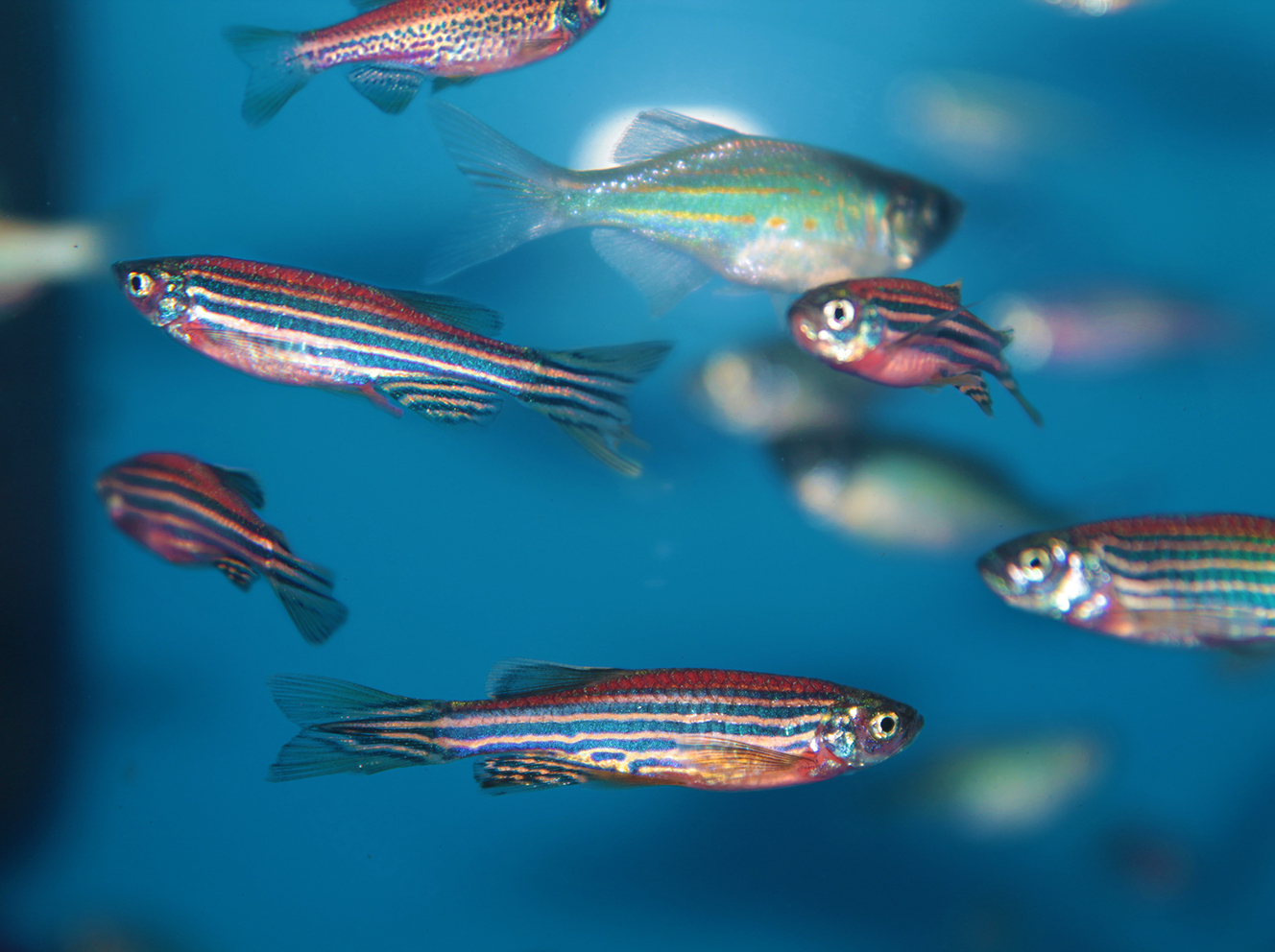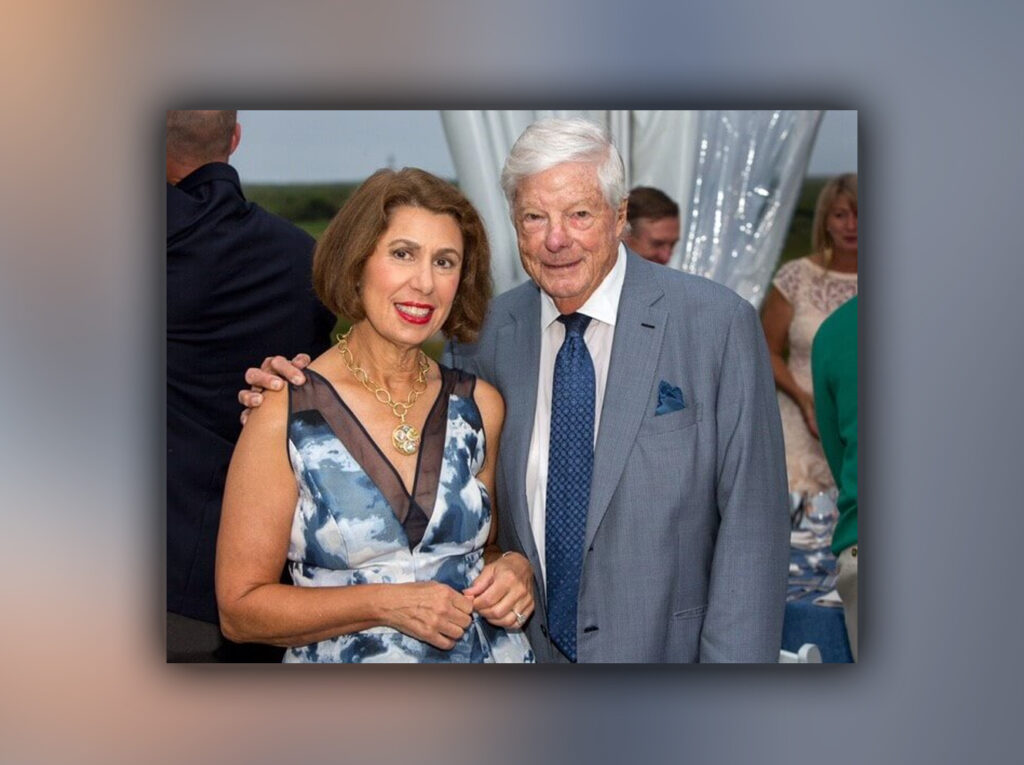Autumn means the return of sports such as soccer and football. Unfortunately, it can also lead to a new wave of sports-related injuries such as tendon tears. Even for the best athletes with top-notch medical care, the road to recovery from tendon tears can be long and unpredictable.
While torn tendons do heal, in almost all cases the mechanical properties of the original tendon are never fully restored and there’s a greater risk of re-injury.
Massachusetts General Hospital researcher Jenna Galloway, PhD, Laurie and Mason Tenaglia MGH Research Scholar 2022-2027, is working to better understand the healing process after tendon tears with the hope of identifying new therapies that could help. Dr. Galloway is an associate investigator in the Center for Regenerative Medicine at Mass General and an associate professor of Orthopedic Surgery at Harvard Medical School. Her research combines genetic and chemical screening techniques with different lab modeling systems, such as zebrafish and stem cells, to identify the cues that drive tendon formation and repair.

Challenges with Healing After Tendon Tears
In humans, tendons start to develop before birth and continue to form into the teenage years. They are comprised of longitudinal strands of highly ordered collagen fibers, which are aligned in a matrix that is critical for proper function and gives them the ability to create great force.
Human tendons heal after tearing, but the healing process is not perfect. In some cases, you can get increased vascularization — the formation of blood vessels — which interferes with the alignment of the matrix, Dr. Galloway explains. An abnormal fibrotic matrix, including bone nodules and ectopic cartilage can also form at the injury site.
“In general, the matrix is not as pristine and beautiful as the original structure,” Dr. Galloway says.
Why Insights from Zebrafish Could Help
Zebrafish — small freshwater fish native to India and parts of Asia — have a lot of genetic similarities to humans and are commonly used as a modeling system in medical research. Unlike humans, however, zebrafish have a remarkable ability to regenerate their tendons completely after tears.
In a new study in NPJ Regenerative Medicine, Dr. Galloway and her colleagues studied the healing process of adult zebrafish after facial tendon tears, defining the hallmark stages and cellular basis of their regenerative process, which restores the original, high functioning matrix. The team, with lead author Stephanie Tsai, PhD, showed that pre-existing tenocytes — adult tendon cells — are the main drivers of tendon repair in zebrafish and identified the signaling pathway that is required to activate those cells after injury.
“Can we identify a drug that makes the human a bit more like a fish and activates the right cells to have more regenerative-like healing?”
Dr. Galloway and colleagues have also used embryonic zebrafish to screen more than 7,000 different chemicals looking for ones that promote healthy joint characteristics. In collaboration with Scott Martin, MD, an orthopedic surgeon and Director of the Joint Preservation Service for Mass General Sports Medicine, they can then test the compounds that show promising results in fish on cells donated by human patients that Dr. Martin is treating in the clinic.
Dr. Galloway is also collaborating with April Craft, PhD, at Boston Children’s Hospital to test the drugs in pluripotent stem cells — embryonic cells that have the ability to form all the cell types in the body. “We think the drug screening approach is the fastest way of getting something into patients,” Dr. Galloway explains. “Can we identify a drug that makes the human a bit more like a fish and activates the right cells to have more regenerative-like healing?”
MGH Research Scholars Program Support
Dr. Galloway is the recipient of a five-year, $500,000 award from the MGH Research Scholars program that helps take her research to new areas that may be too early or unproven for traditional funding sources such as federal grants.
The Scholar funds have been supporting in-depth comparisons of cells related to the tendon healing process — from zebrafish to mouse to humans — using single-cell RNA sequencing. This approach allows Dr. Galloway and her team to know what genes are activated in which cells at what time, to look for common pathways that might promote better healing. “This sort of highly innovative but high-risk, high-reward project is something that the Scholar system of support is great for,” she says.
This story first appeared in Bench Press, which features news and discoveries from the Mass General Research Institute.
To learn more about Dr. Galloway’s work and/or the Mass General Research Institute, please contact us.

This story is just one example of the groundbreaking efforts taking place at Mass General, home to the largest hospital-based research enterprise in the U.S. Research at Mass General encompasses and provides support to thousands of scientists, hundreds of laboratories, and helps to guide, connect and promote this unrivaled community of investigators as they advance the future of medicine, from the bench to the bedside, to the community and world.





